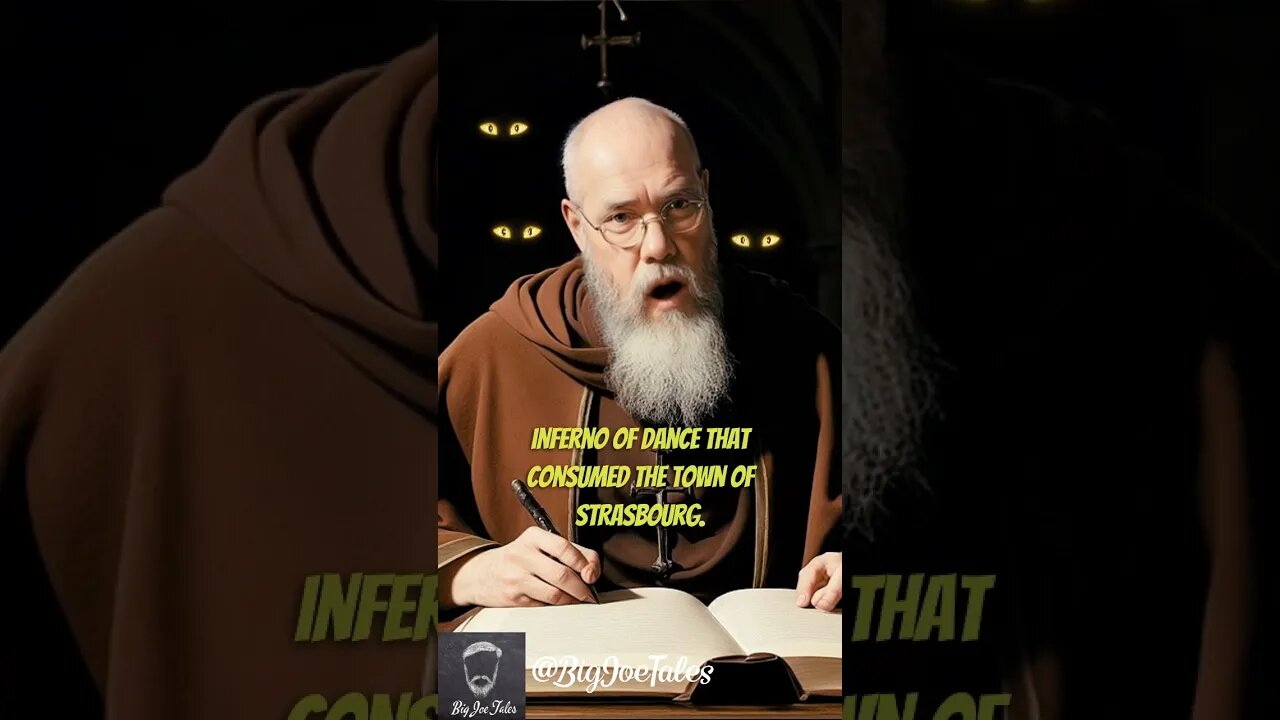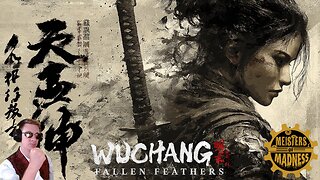Premium Only Content

The Dancing Plague of 1518 #shorts #story #history #historyfacts #weird
Hey there! Thank you for watching and supporting my YouTube channel! If you've found my videos entertaining and would like to show your appreciation, you can buy me a coffee. Your contribution, while not necessary, can greatly assist me in creating more useful content. I genuinely appreciate your support!
https://www.buymeacoffee.com/BigJoeVisuals
The Dancing Plague of 1518 was a historical event that took place in Strasbourg, a city in what is now modern-day France. It was characterized by a phenomenon where hundreds of people started dancing uncontrollably in the streets, seemingly unable to stop, sometimes leading to exhaustion or even death.
The outbreak began in July 1518, when a woman named Frau Troffea began dancing fervently in the streets of Strasbourg. Within a week, the number of dancers had grown to around 400, and they continued to dance for hours, days, and even weeks without rest. The phenomenon spread throughout the city, affecting a significant portion of the population.
The dancing was described as involuntary and accompanied by symptoms such as dizziness, hallucinations, and in some cases, injuries due to exhaustion. The affected individuals seemed to be in a trance-like state, unable to control their movements, and many danced until they collapsed from exhaustion or suffered heart attacks or strokes.
As the situation escalated, authorities initially believed the dancing was caused by supernatural or demonic influences. They attempted various methods to address the issue, including organizing processions and hiring musicians to accompany the dancers, hoping that the frenzied dancing would eventually wear them out. However, these efforts had little effect, and the dancing continued.
Eventually, medical professionals and authorities began to consider a physiological cause for the dancing. Theories ranged from a fever-induced psychosis to mass hysteria. Some suggested that the dancing was a result of ergot poisoning, caused by consuming contaminated rye grain infected with the fungus Claviceps purpurea, which can produce hallucinogenic effects.
The dancing plague gradually subsided by late September 1518, approximately three months after it began. The exact cause of the event remains uncertain, as there are limited historical records available, and many aspects of the incident are still subject to speculation. It is important to note that the Dancing Plague of 1518 is considered a unique and rare occurrence, and there have been no documented instances of a similar scale since then.
The event has attracted attention from historians, psychologists, and sociologists, who have offered various explanations for the phenomenon. Some theories propose that it was a form of mass hysteria triggered by societal stressors, such as famine, disease, or social unrest. Others suggest that it was a cultural or religious ritual that got out of control. However, the true cause and nature of the Dancing Plague of 1518 remain a mystery.
Music in the video :
Royalty free -
"KevinMacLeod - Gregorian Chant" is under a Creative Commons (CC-BY 3.0) license
Music promoted by BreakingCopyright: https://bit.ly/bkc-gregorian
This song is free to use on YouTube and social media but you must include the following credits in your video's description:
-
 LIVE
LIVE
Spartan
4 hours agoRanked and Expedition 33 (NG+4 and all enemies Set to 10x health)
33 watching -
 LIVE
LIVE
Jokeuhl Gaming and Chat
7 hours agoDARKTIDE - Warhammer 40k w/ Nubes and AoA
109 watching -
 2:19:56
2:19:56
Nerdrotic
14 hours ago $2.68 earnedNerdrotic Nooner 513
28.4K2 -

BigTallRedneck
3 hours agoRANKED FINALS W OMEGA
3.71K -
 LIVE
LIVE
Eternal_Spartan
10 hours ago🟢 Eternal Spartan Plays Final Fantasy 7 Rebirth Ep. 3 | USMC Vet | Join the Best Chat on Rumble
66 watching -

megimu32
2 hours agoOTS: Ace Ventura & The Death of 90s Comedy
7.32K8 -
 1:14:30
1:14:30
We Like Shooting
15 hours ago $0.74 earnedDouble Tap 426 (Gun Podcast)
6.02K1 -
 4:32:32
4:32:32
Meisters of Madness
5 hours agoWuchang Returns with Madness & Ranked Finals
2.27K -
 2:27:03
2:27:03
Illyes Jr Gaming
2 hours agoBlack Ops 6 Action Reppin @Mystivis
1.36K -
 LIVE
LIVE
a12cat34dog
2 hours agoCRAZY NEW HORROR GAME :: Cronos: The New Dawn :: SPOOKY SEASON CAME EARLY {18+}
56 watching